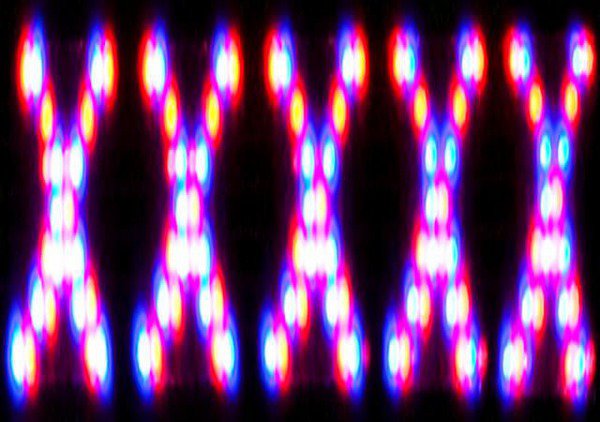Jenny Holzer
dal 17/10/2010 al 30/11/2010
Segnalato da
17/10/2010
Jenny Holzer
Yvon Lambert, Paris
Top Secret. Holzer explores how government documents can be made into sensate and affecting objects and light projections. During recent research, artist found a number of highly redacted documents that consist of black, censored blocks and minimal writing (such as a crossed out 'Top Secret' or a context-less 'Endgame'). She had these documents replicated when hand rendered in her newest series of oil-on-linen paintings. In some instances, colored blocks replaced black squares and rectangles.

Yvon Lambert Paris is happy to announce Jenny Holzerʼs fifth exhibition at the gallery, to
take place from October 18th to December 1st, 2010.
Holzer is recognized as one of the most significant artists of her generation. Since her 2004
exhibition at the Kunsthaus Bregenz in Austria, Holzer has explored how government
documents can be made into sensate and affecting objects and light projections. Her
presentation of official emails, memoranda, reports, and policy directives regarding U.S.
involvement in the Middle East recasts the anonymity and indirection of government and
administrative language as the known materials that permit action. In her most recent
paintings and LED sculptures, represented here, Holzer uses form as a way to articulate that
individuals implement and suffer this language.
During recent research, Holzer found a number of highly redacted documents that
consist of black, censored blocks and minimal writing (such as a crossed out ʻTOP SECRETʼ
or a context-less ʻENDGAMEʼ). She had these documents replicated when hand rendered in
her newest series of oil-on-linen paintings. In some instances, colored blocks replaced black
squares and rectangles. Following Malevichʼs Suprematist model of color and order, Holzer
injects a notion ofdiscretion and deliberation into formal abstraction.
When she applies this
model of painting to government documents, she contradicts that bureaucracy is a blank
face. Holzer draws attention to the fact that individuals, not automatons, are responsible for
the choice and implementation of procedures that result in information lying behind
black. The implication is that war's consequences (from death to exile to political and
economic instability) begin with determinations and not with gunfire or the first dropped
bomb.
Though expertly executed, the paintings do not hide that they were made by hand. The hand
is necessary here. By showing their manufacture and by shifting color, these seemingly
formal paintings are revealed to be a set of actions and decisions. Analogously, the
documents represent power not as a monolith but as a series of often-masked relationships.
As a painting, the document is revealed to be the act, not just the evidence. While Malevichʼs
revolutionary work suggested new beginnings at a time of seismic change, Holzerʼs
melancholic return to its lost ambition points to our historical impasse with the hope that an
endgame isnʼt a dead end or worse.
In the major LED installation, Purple, Holzer uses an array of signs (the shape of each
evocative of a human rib or a shackle) to reveal facts, contradictions, and harrowing
information. The piece streams text from a series of policy documents regarding the
treatment of enemy combatants, autopsy reports of detainees who died in custody,
documents detailing events and conditions at Guantánamo Bay, as well as pages concerning
a case in which a fleeing Iraqi non-combatant was killed by American forces. Standing in the
crossfire of this light and text, one feels the language to be immediate and physical. The
distance that separates us from these events is belied. Keeping these latest wars and their
ramifications present and palpable, Holzer urges us to attend to our recent past and our
present before going blindly into what comes next.
Trained in the humanities and as a painter and printmaker, in the late 1970s Holzer turned
to text, in posters, stone benches, and electronic signs, as the basis for her art. With
language as her primary medium, Holzer investigates authorship and power while navigating
themes such as hope, despair, fury, need, and longing. She has presented her projects in
public places and international exhibitions, including Times Square, Londonʼs City Hall, the
Neue Nationalgalerie, the Guggenheim Museums in New York and Bilbao, Centre Georges
Pompidou, and the Louvre. Holzer represented the United States at the Venice Biennale in
1990 where she won the Leone d'Oro prize for best pavilion.
Opening Monday, October 18 from 6-8 pm
Press Contact: Didier Barroso +33 1 42 710 933
didier@yvon‐lambert.com
Yvon Lambert Paris
108 rue Vieille-du-temple, 75003 Paris
Tuesday-Saturday: 10am - 7 pm
free admission



